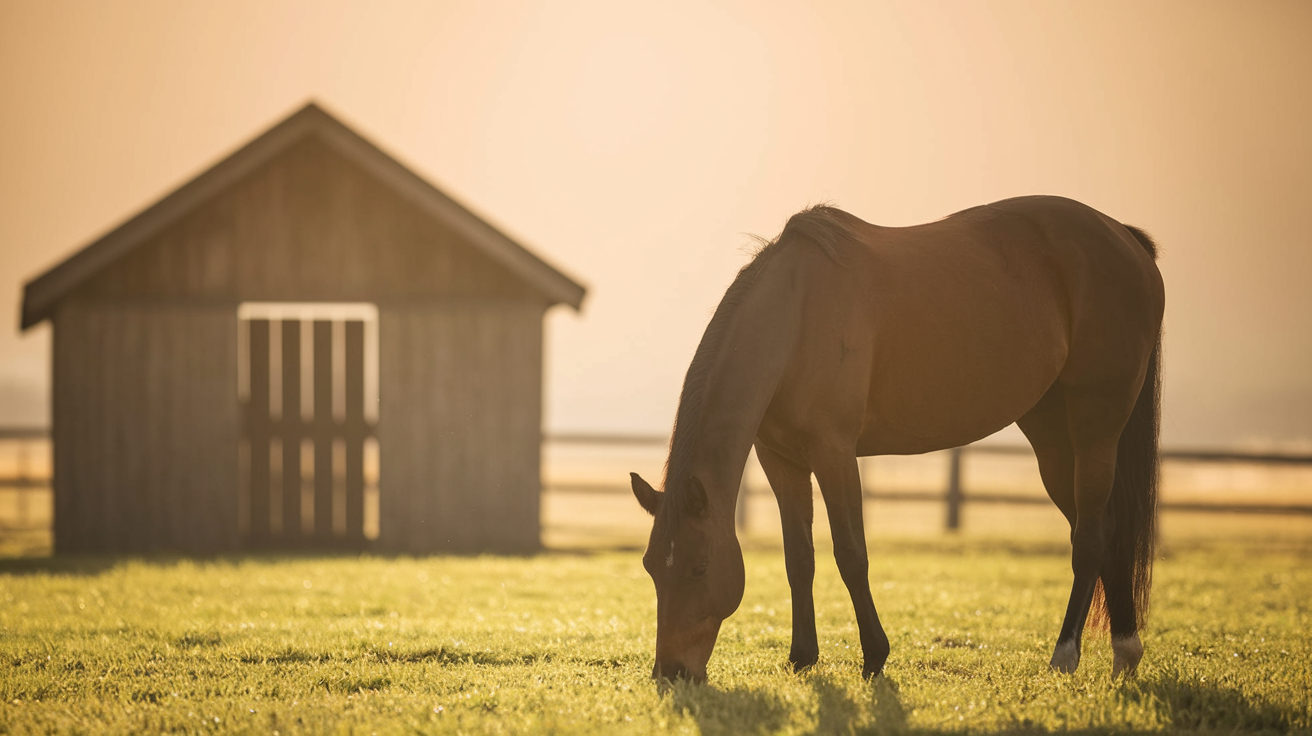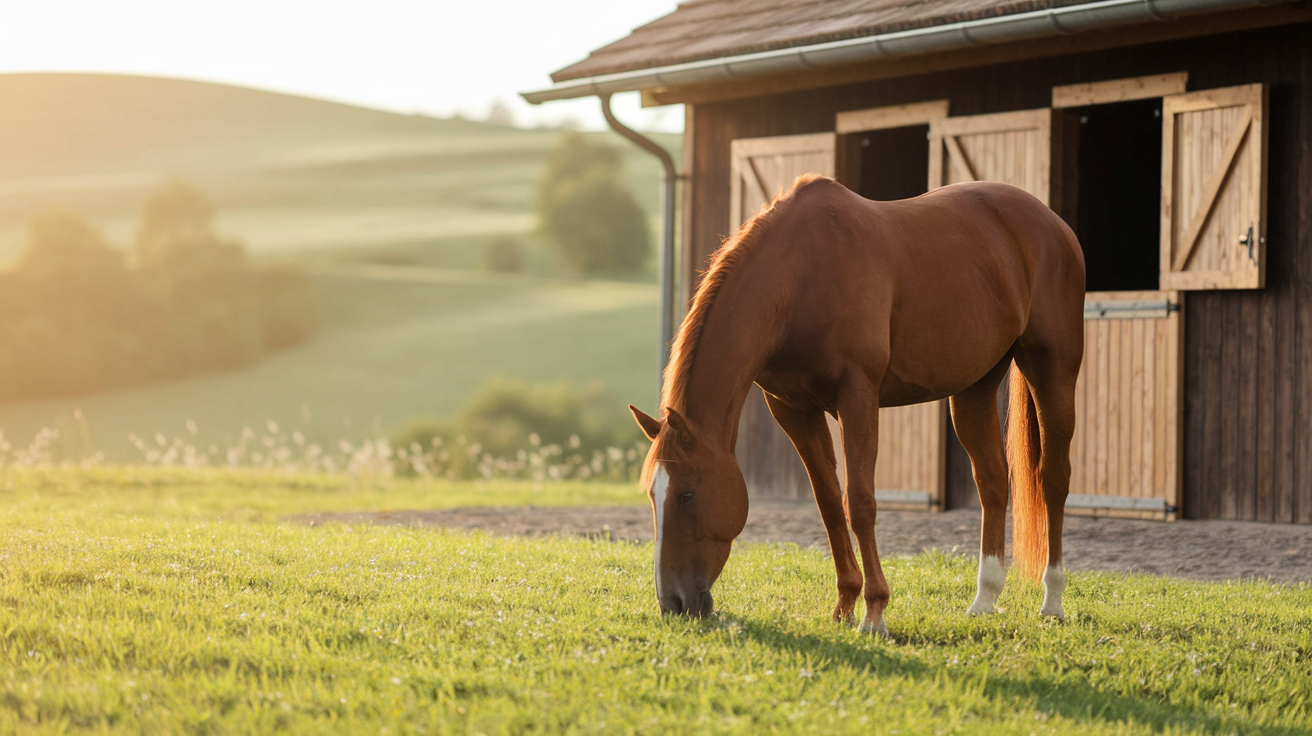Horses are not just majestic companions, but also a potential source of unexpected risks. Horse liability insurance offers essential protective coverage for horse owners, minimizing financial losses resulting from damages that their animals may cause. In this article, we will explore the main benefits and peculiarities of this insurance, take a look at its international validity and the legal regulations surrounding it. These insights help investors and individuals understand the necessity and scope of coverage.
Essential Benefits and Exclusive Features: A Guide to Horse Liability Insurance

The horse liability insurance is an indispensable protection for responsible horse owners as it covers essential financial risks. Fundamentally, it offers coverage for damages caused by the horse to people or property. Often underestimated, the costs arising from these damages can be enormous without adequate coverage.
Among the core benefits is protection for damages to people and property. This includes not only direct physical injuries or material damages but also damages to rented facilities such as riding arenas and stables. Even in the hectic and sometimes unpredictable world of equestrian events, the insurance steps in when equestrian incidents involve other animals or people.
Additionally, many insurers offer coverage abroad, significantly expanding the validity scope of the policy. This allows horse owners to move flexibly across Europe – in most cases without time limits. Globally, the protection is often valid for at least one year, providing further comfort to horse owners involved internationally.
A distinguishing feature of this insurance is the high insured amounts. These can go up to 20 million euros with major providers, offering a reassuring safety margin considering the potential costs of severe incidents.
Aside from the basic benefits, there are several peculiarities. Some packages offer freedom in managing the animal by waiving the leash obligation. This flexibility is particularly appreciated during freedom activities. Foals and puppies are insured at no extra cost up to twelve months after birth to meet the due diligence obligations of young animal owners.
An interesting offer is the difference in conditions coverage and innovation guarantee, which ensures that your insurance coverage aligns with the latest standards and does not fall behind market conditions in case of changes.
Although obtaining horse liability insurance in Germany is not mandatory, comprehensive protection emphasizes the urgency for every responsible horse owner. The selection process should therefore be approached carefully, comparing insured amounts, costs, scope of coverage, and the reputation of providers.
This insurance not only offers financial protection but also a degree of peace of mind for horse owners operating in the complex landscape of animal management, minimizing the potential risks associated with owning such a majestic animal.
Global Coverage and Legal Requirements of Horse Liability Insurance

The horse liability insurance is an essential protection for horse owners worldwide to mitigate financial risks arising from unforeseen events involving their animals. What makes the situation particularly interesting is how extensive the insurance coverage is at an international level and what legal regulations are associated with it.
The international validity of these insurances varies significantly depending on the specific conditions of the respective policy. Some providers offer global coverage that is useful during equestrian competitions or vacation travels. Others, however, limit their validity to certain countries. When exporting horses abroad, it is crucial to expand the insurance coverage or take out a local policy to be covered in the destination country.
Another critical theme is legal regulations. In Germany, although it is not mandatory for horse owners to take out horse liability insurance, the need arises from objective liability. Similar to Germany, where there is a recommendation for insurance, some European countries, such as Austria, legally require this protection. Even outside of Europe, for example in the United States and Australia, regulations can vary greatly and even differ by state and region.
The scope of a horse liability insurance is determined by the specific agreements made with the insurer and usually includes damages to people and property. However, even in this case, the setup depends on very specific circumstances such as the owner’s risk profile or the intended use of the horse. The amount of the premium and a possible deductible are additional relevant factors that influence the scope of the insurance coverage.
Ultimately, it is important to emphasize that the global scope and legal requirements of horse liability insurance are complex and layered. The insurance coverage requirements needed in various countries necessitate thorough research. For horse owners, it is essential to be well-informed about both national and international regulations to ensure they are always adequately covered.